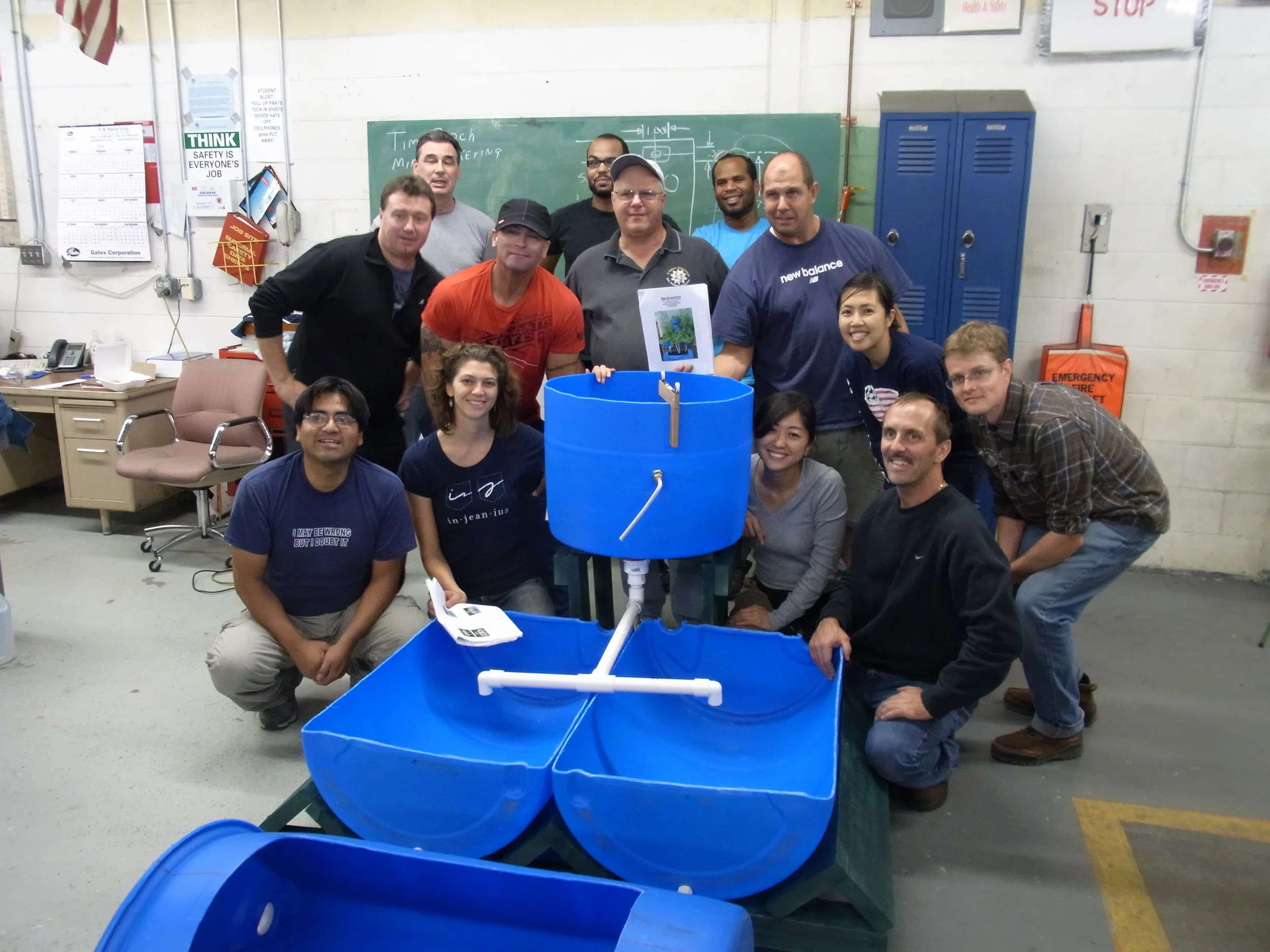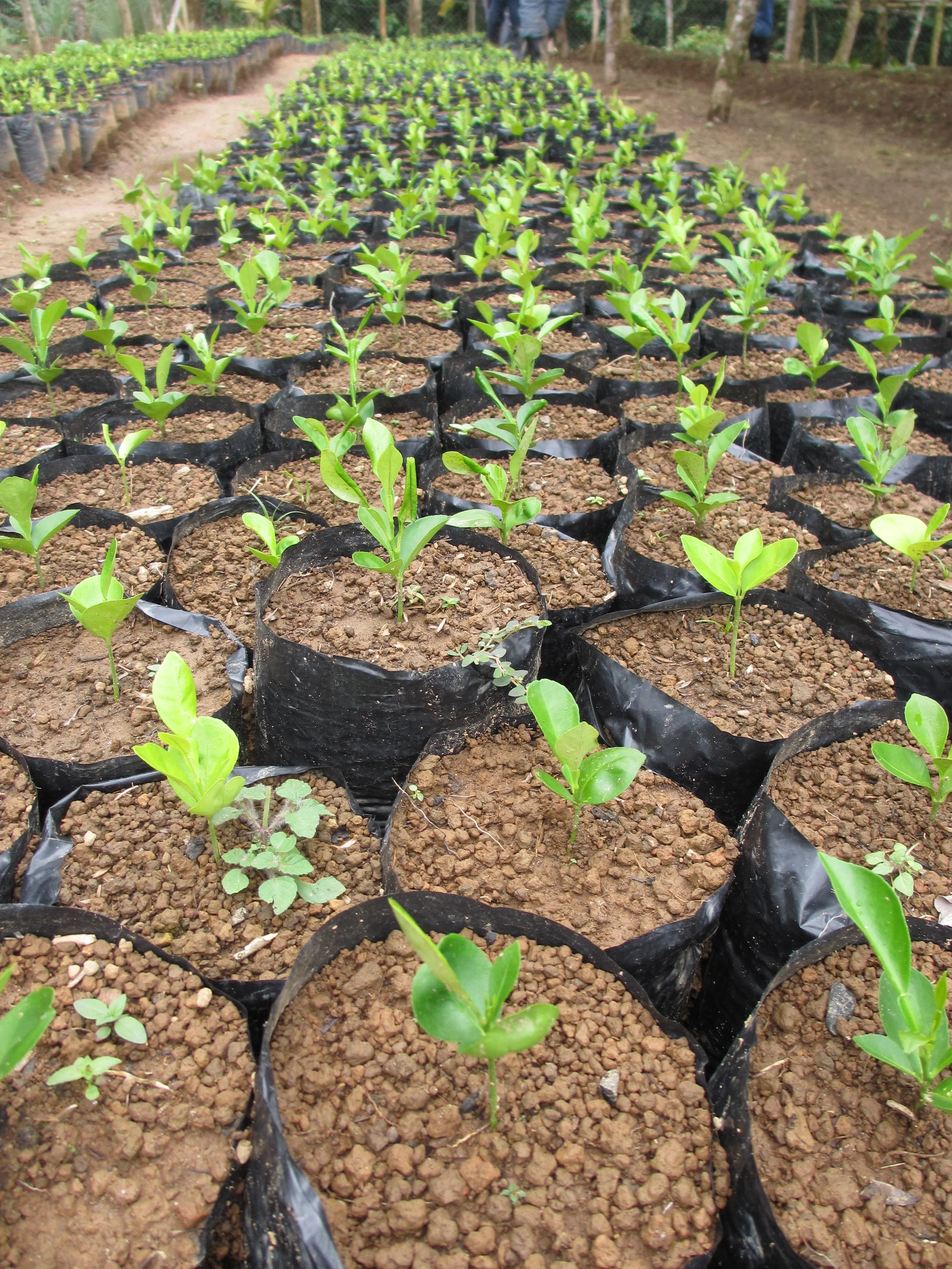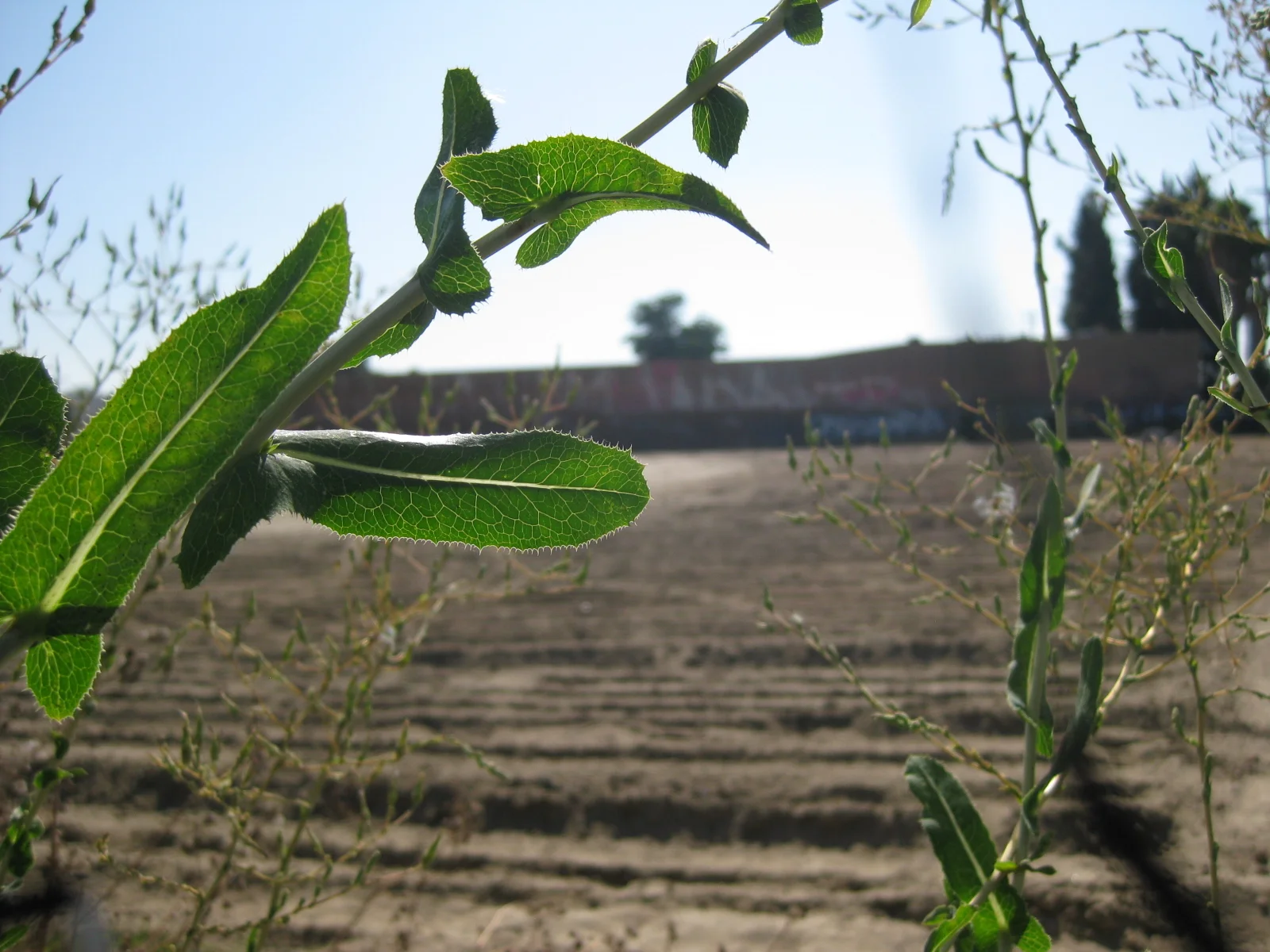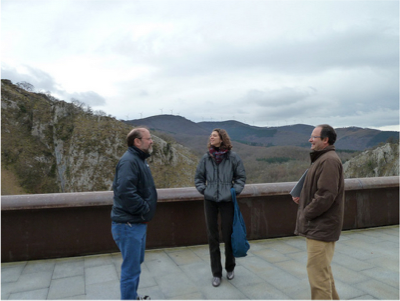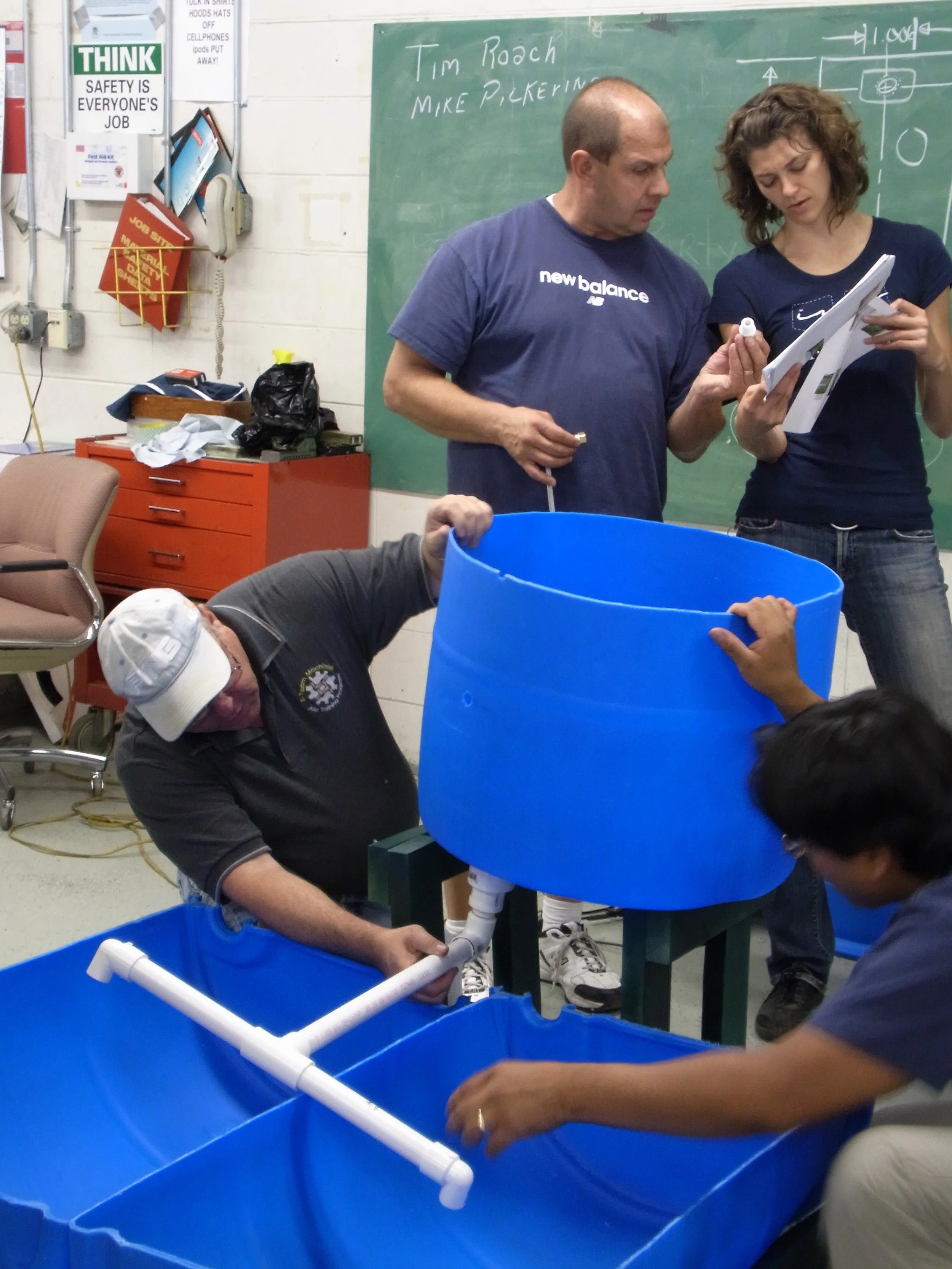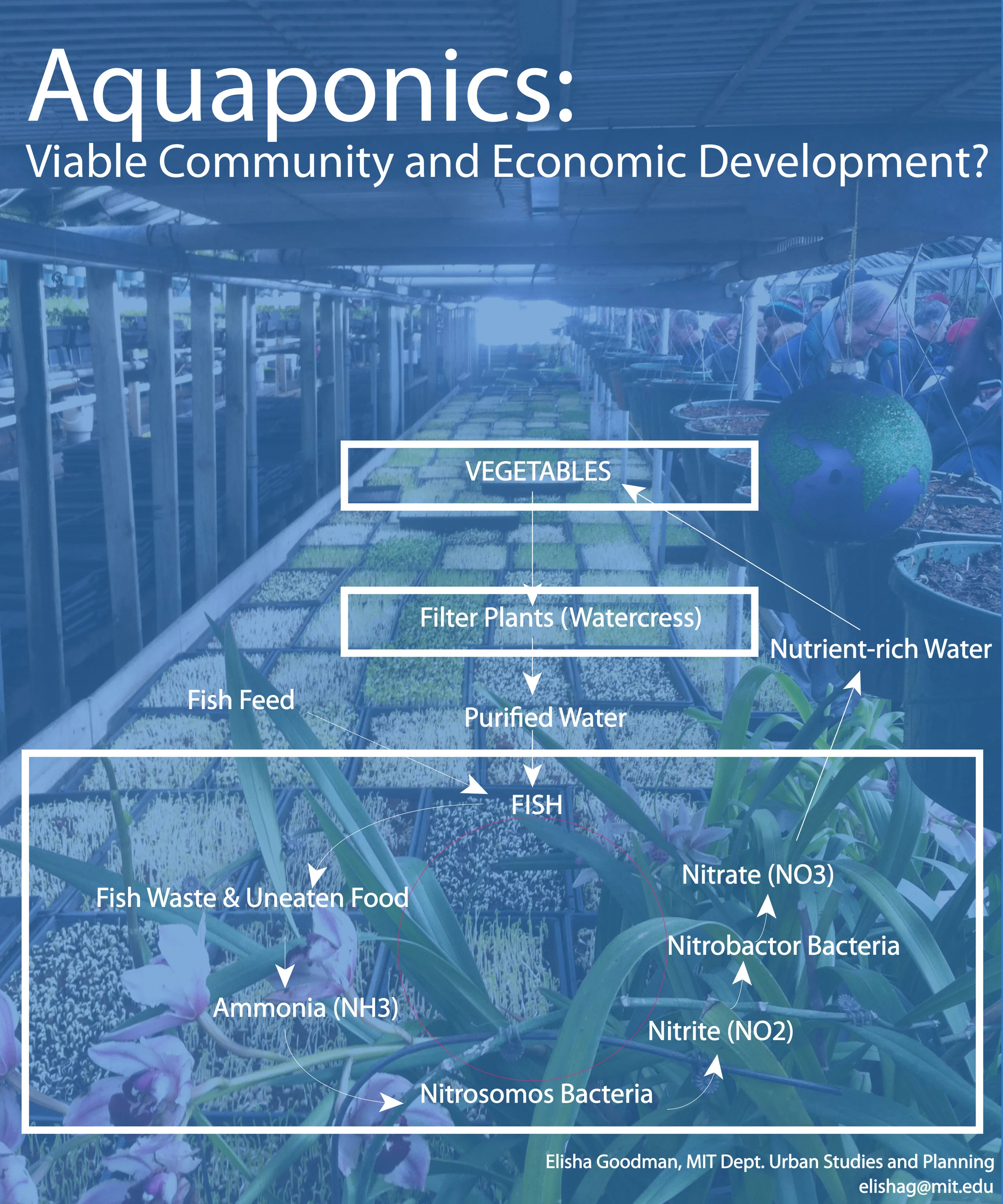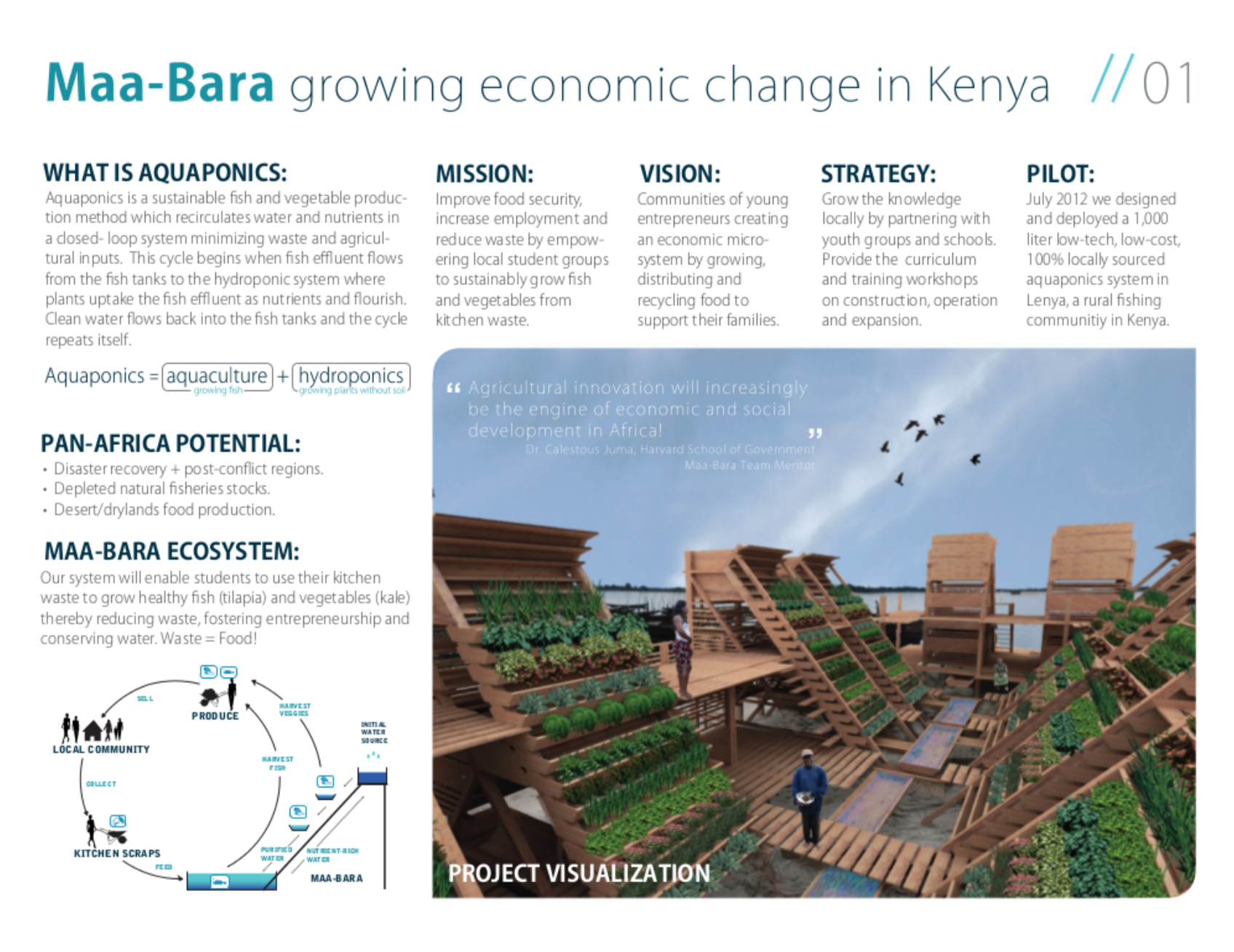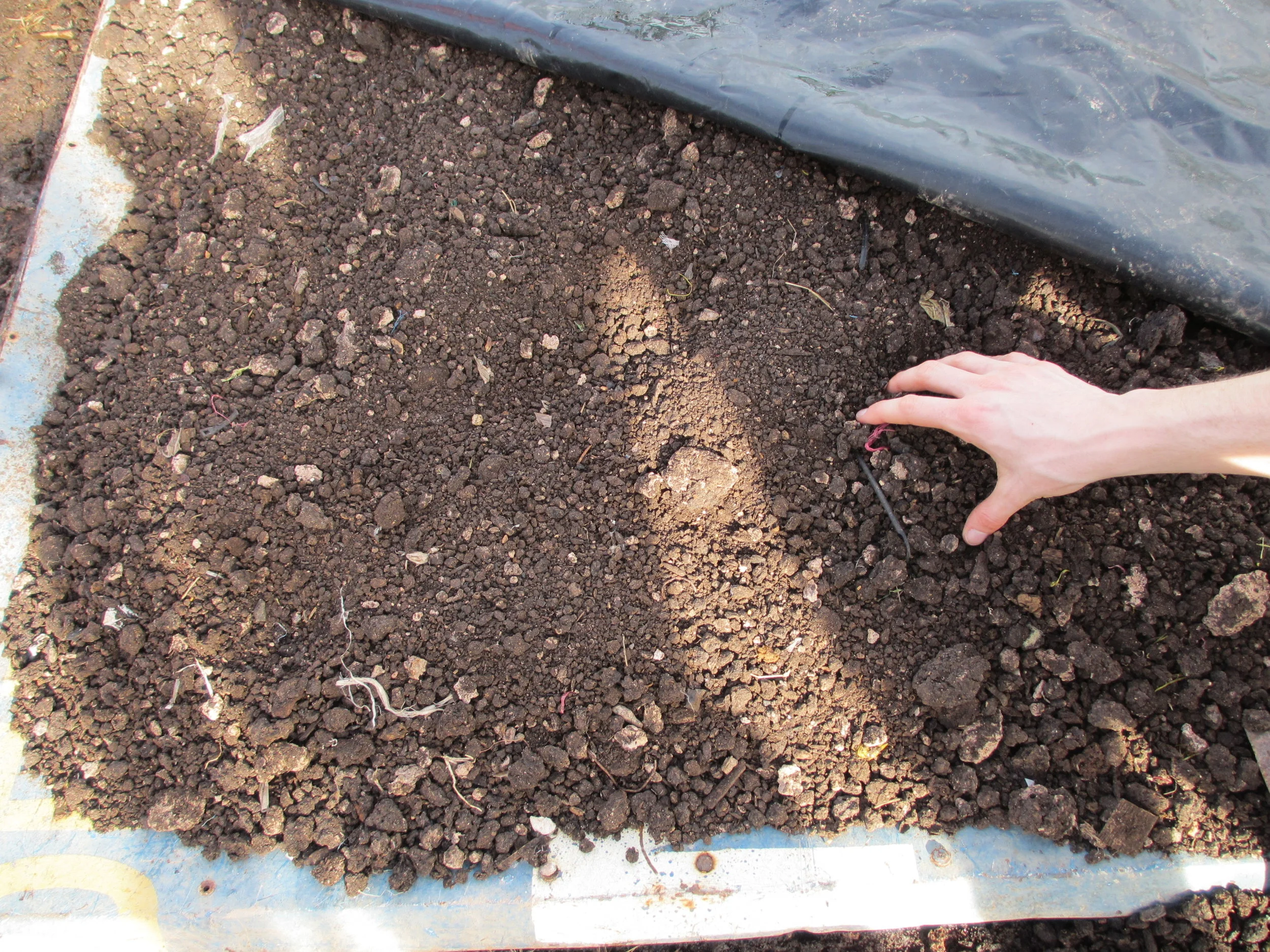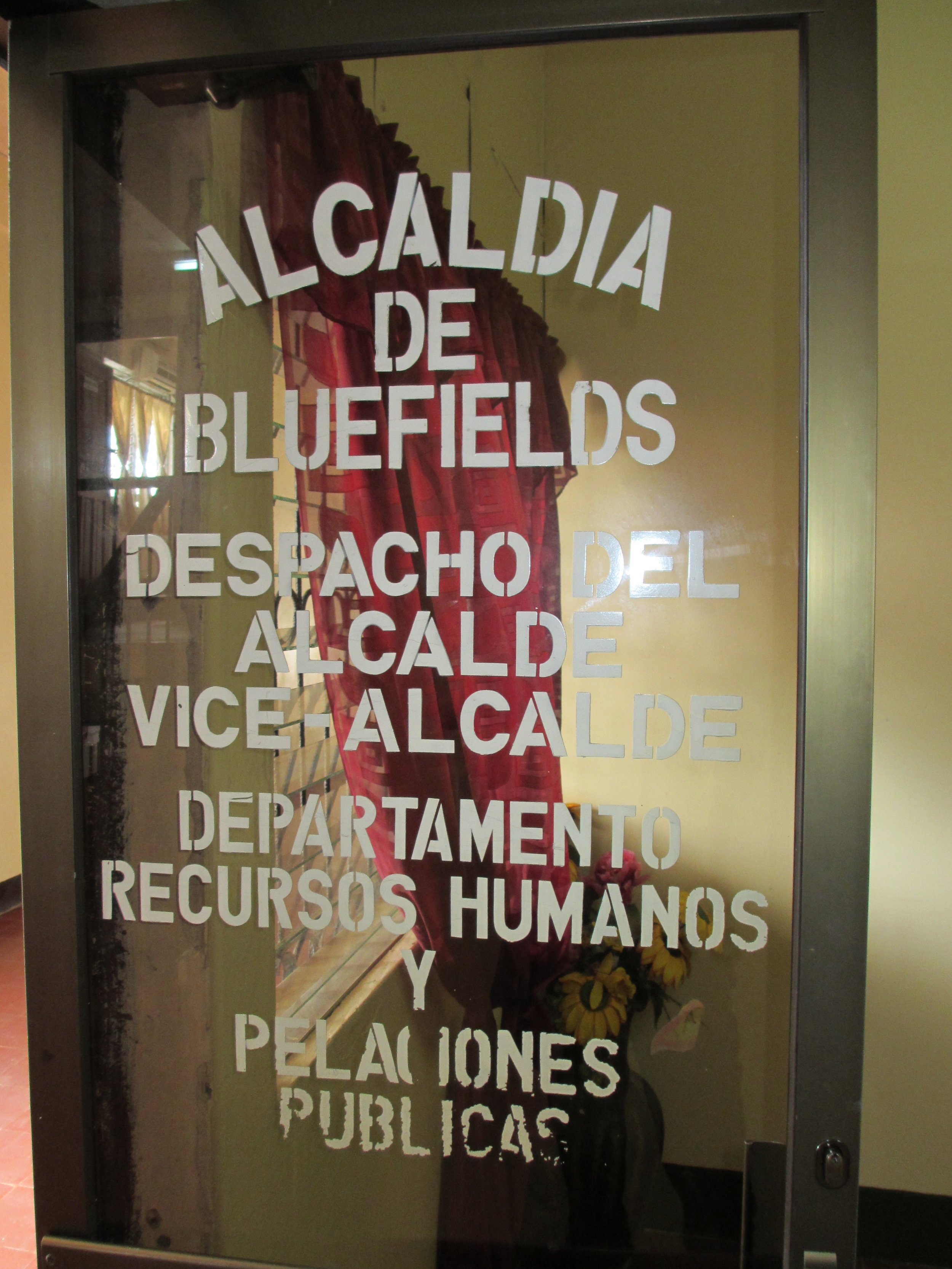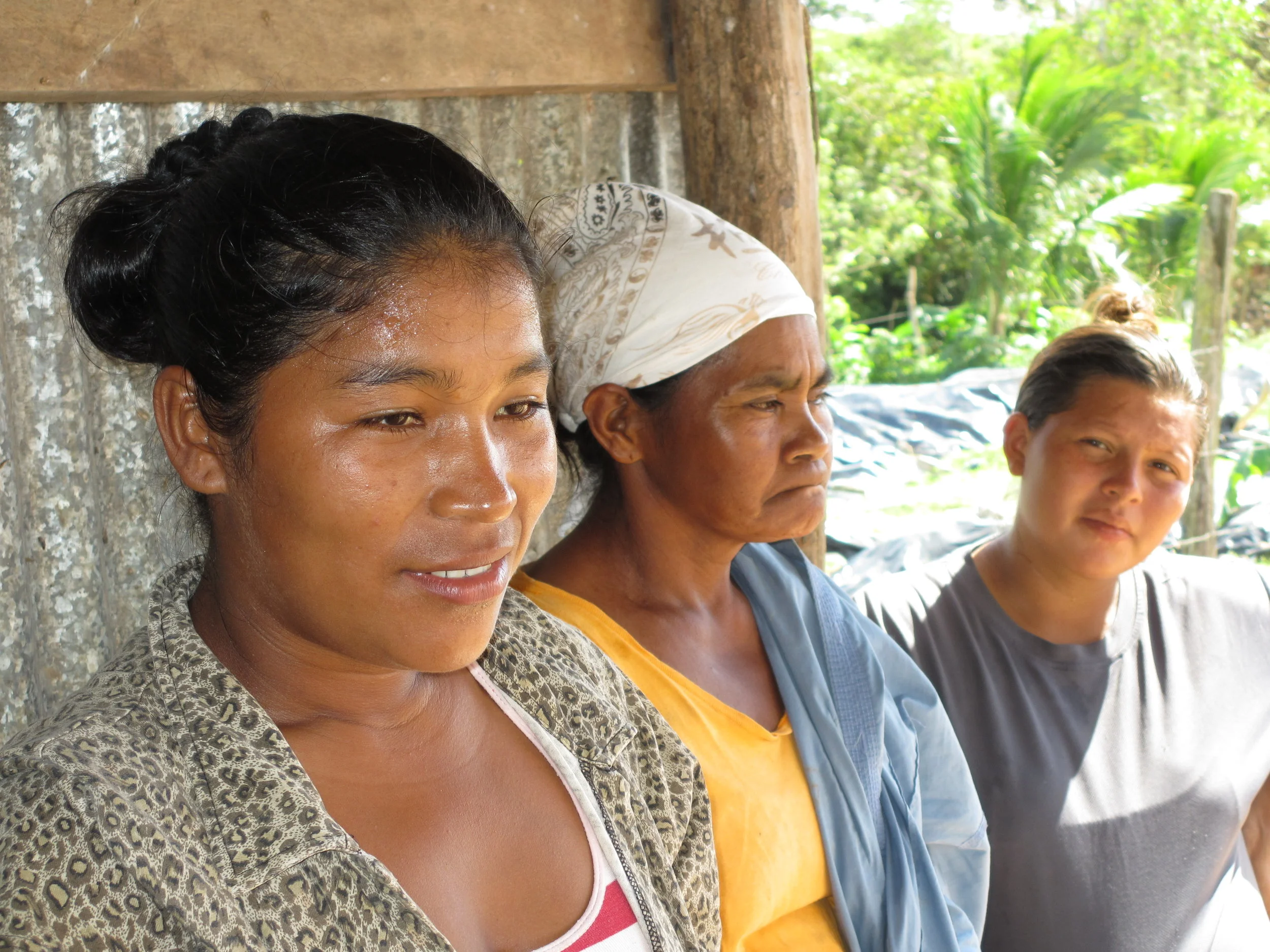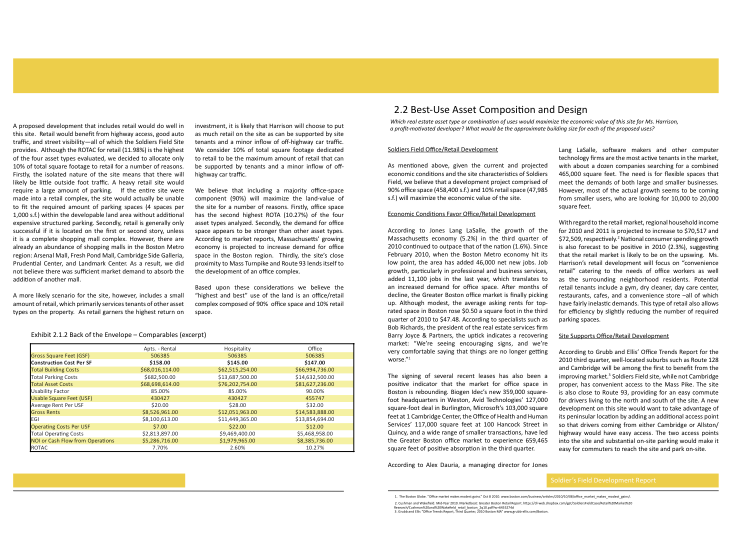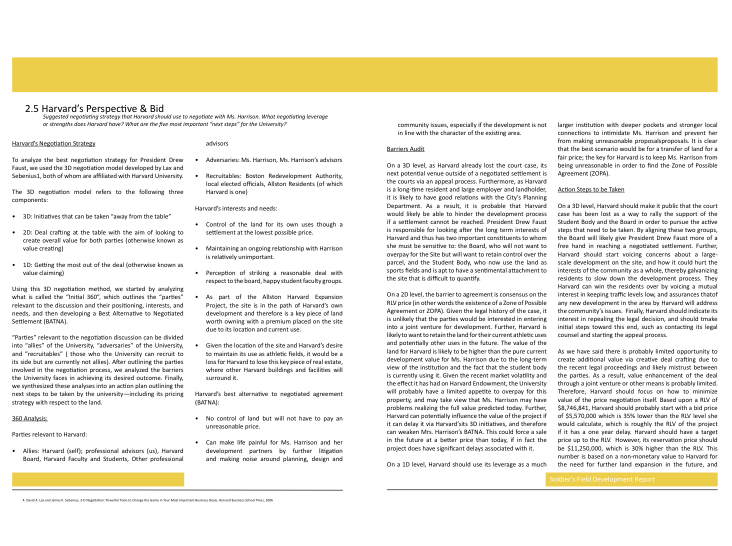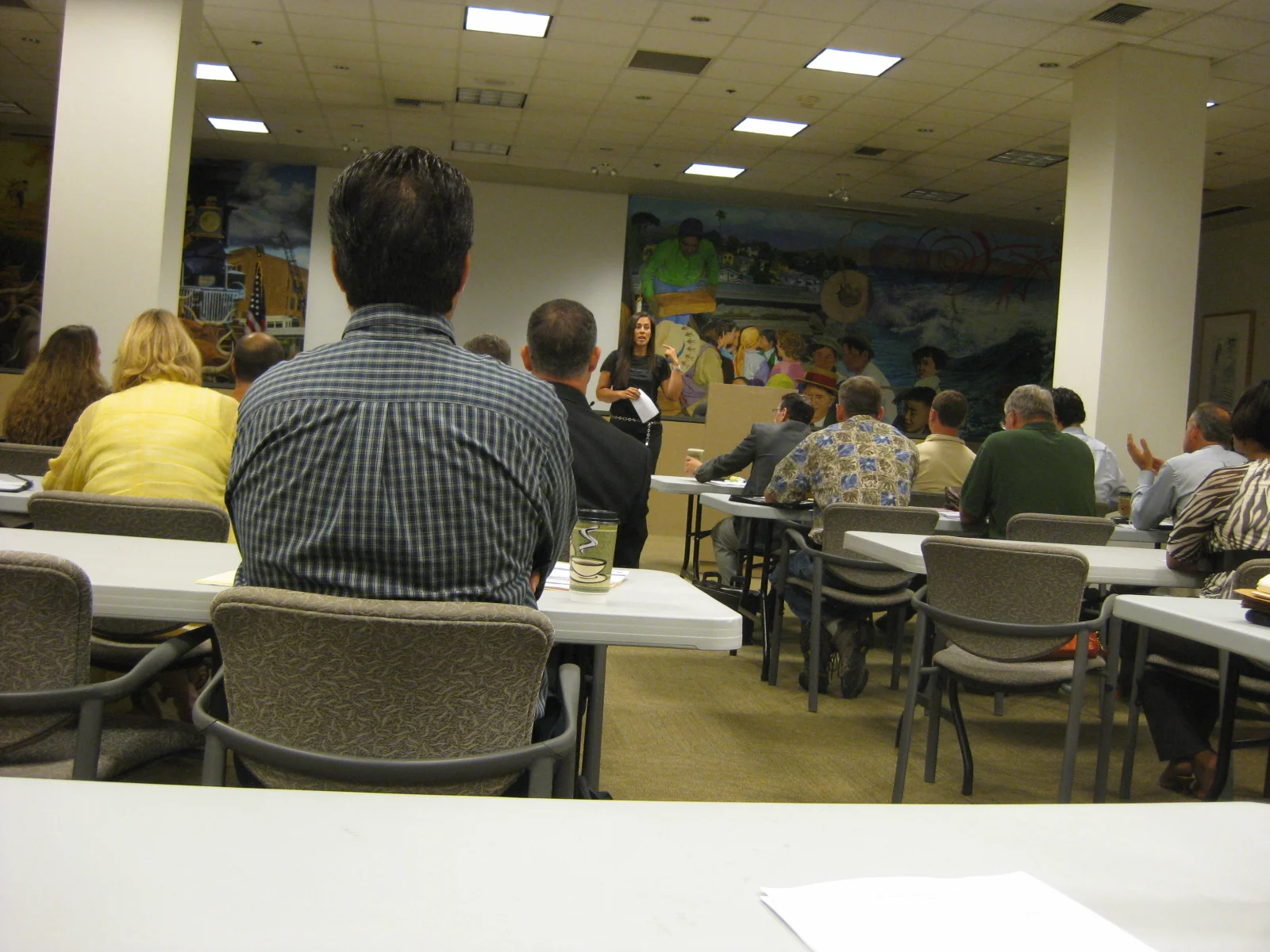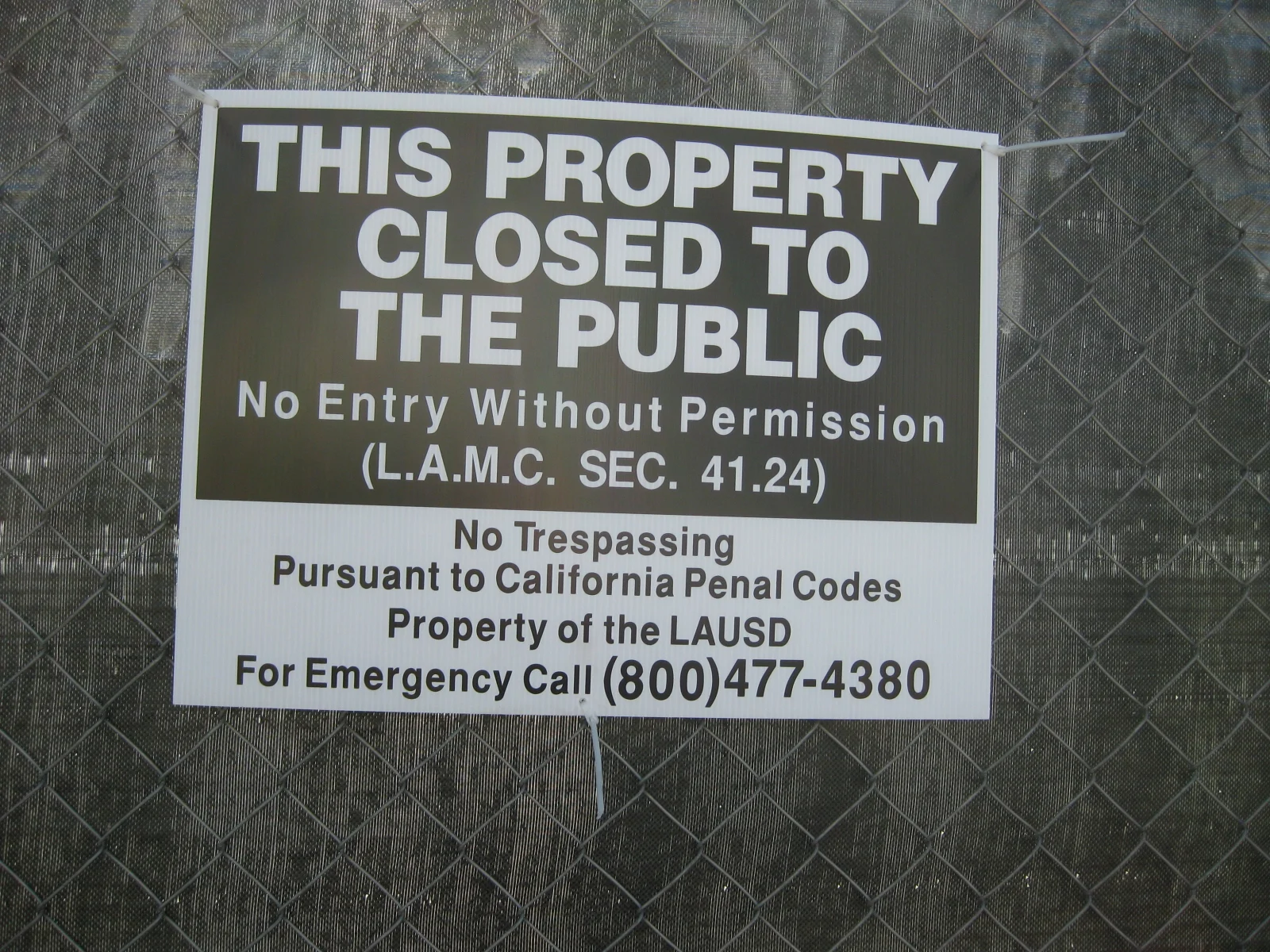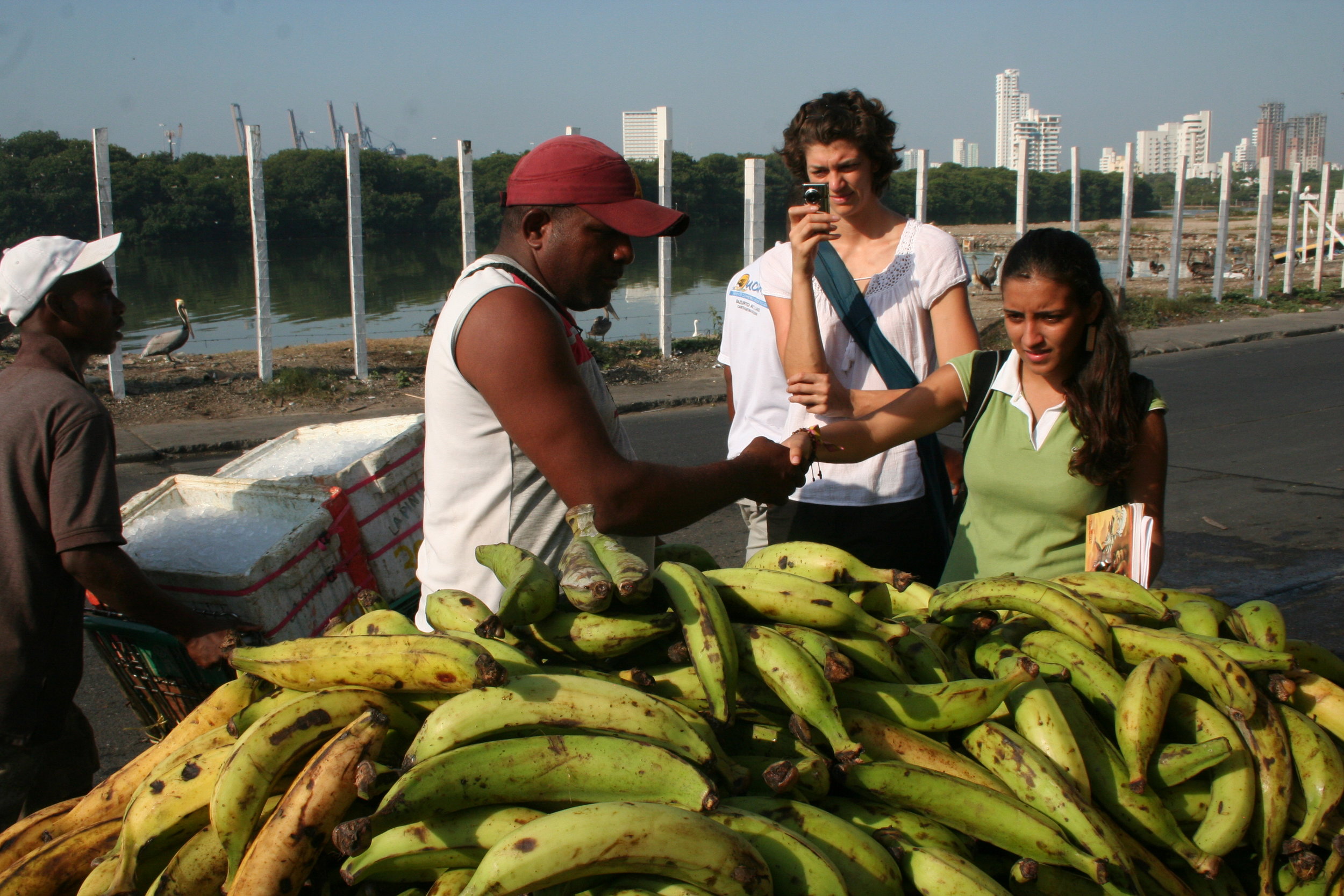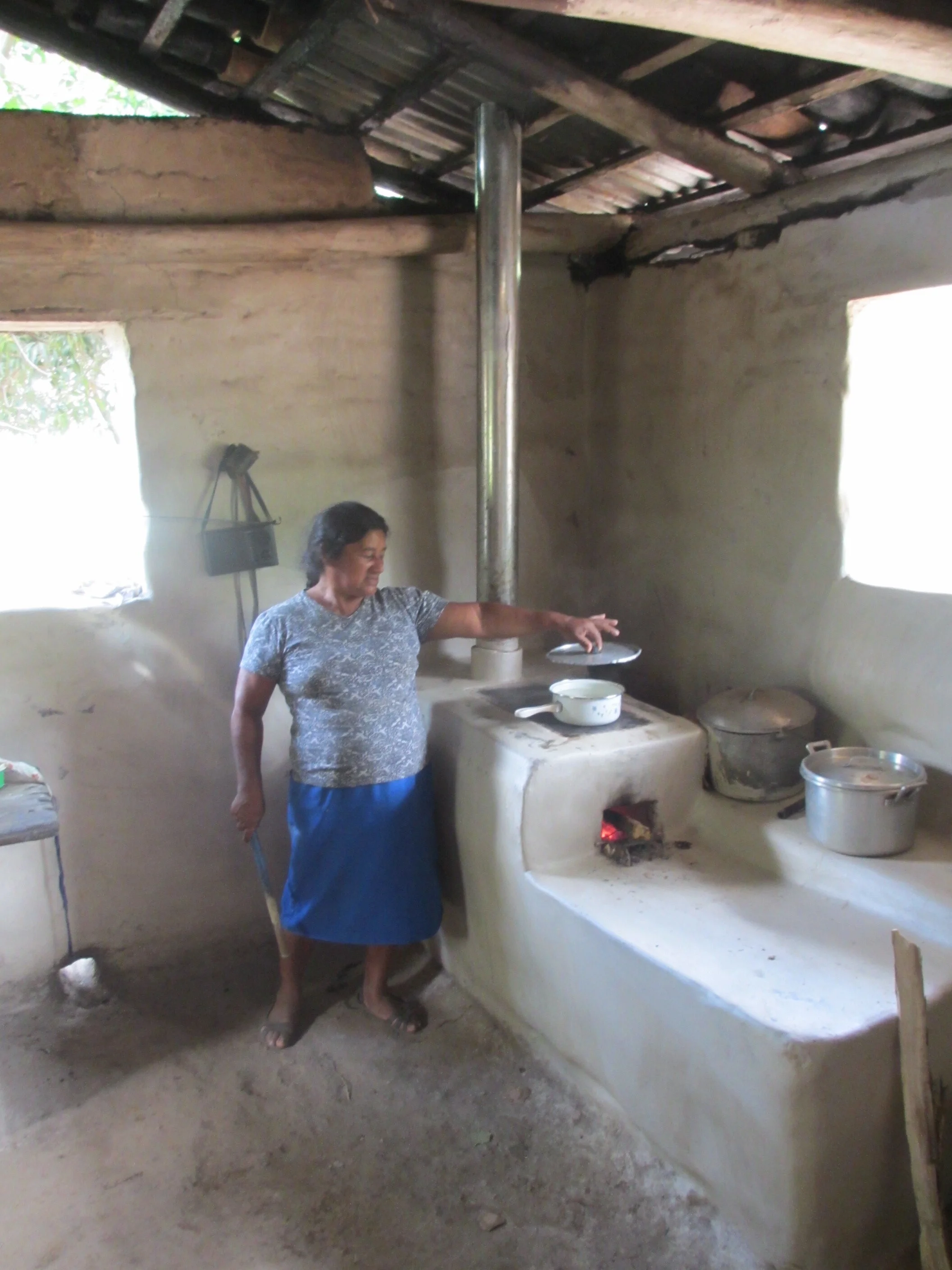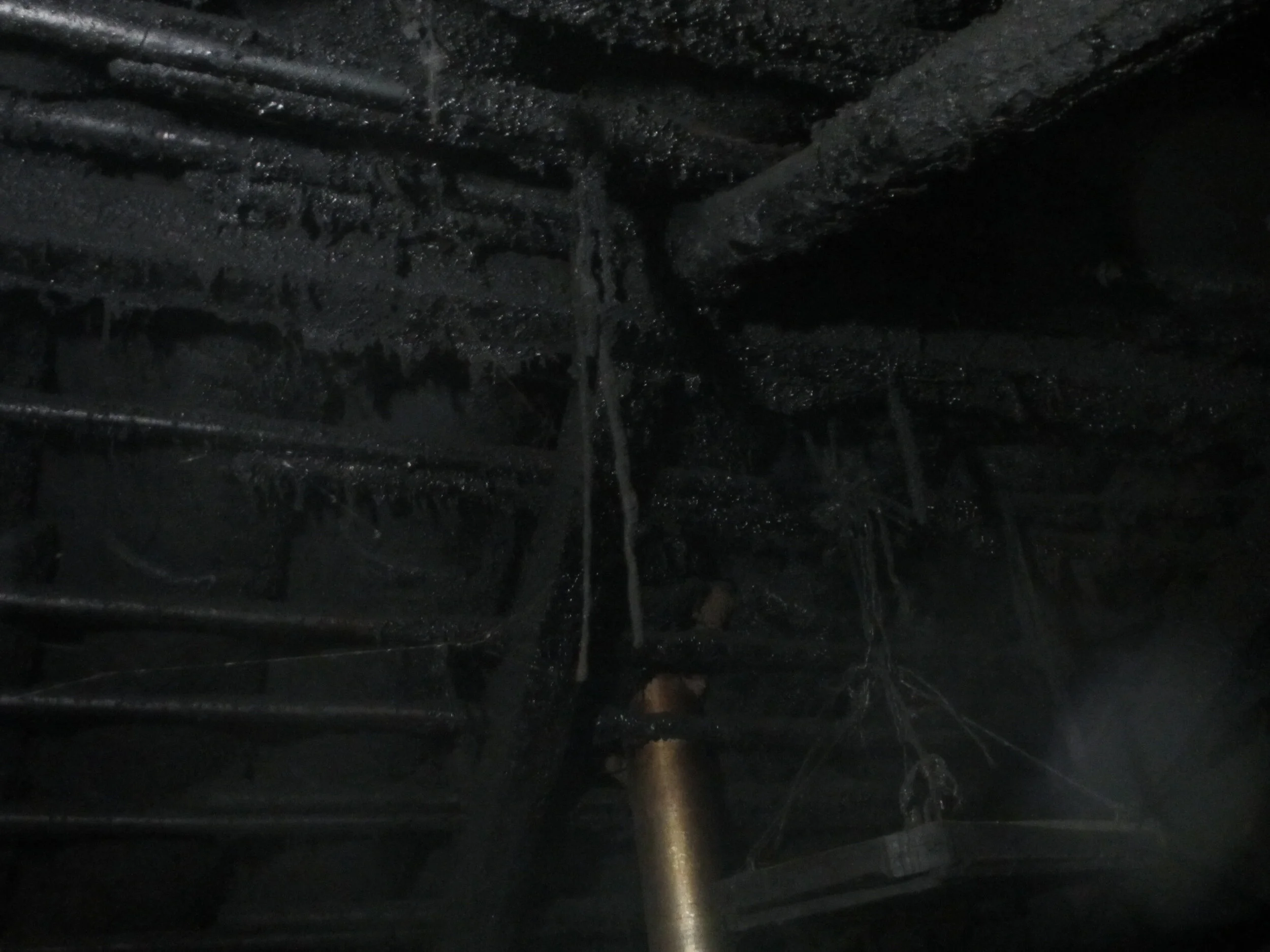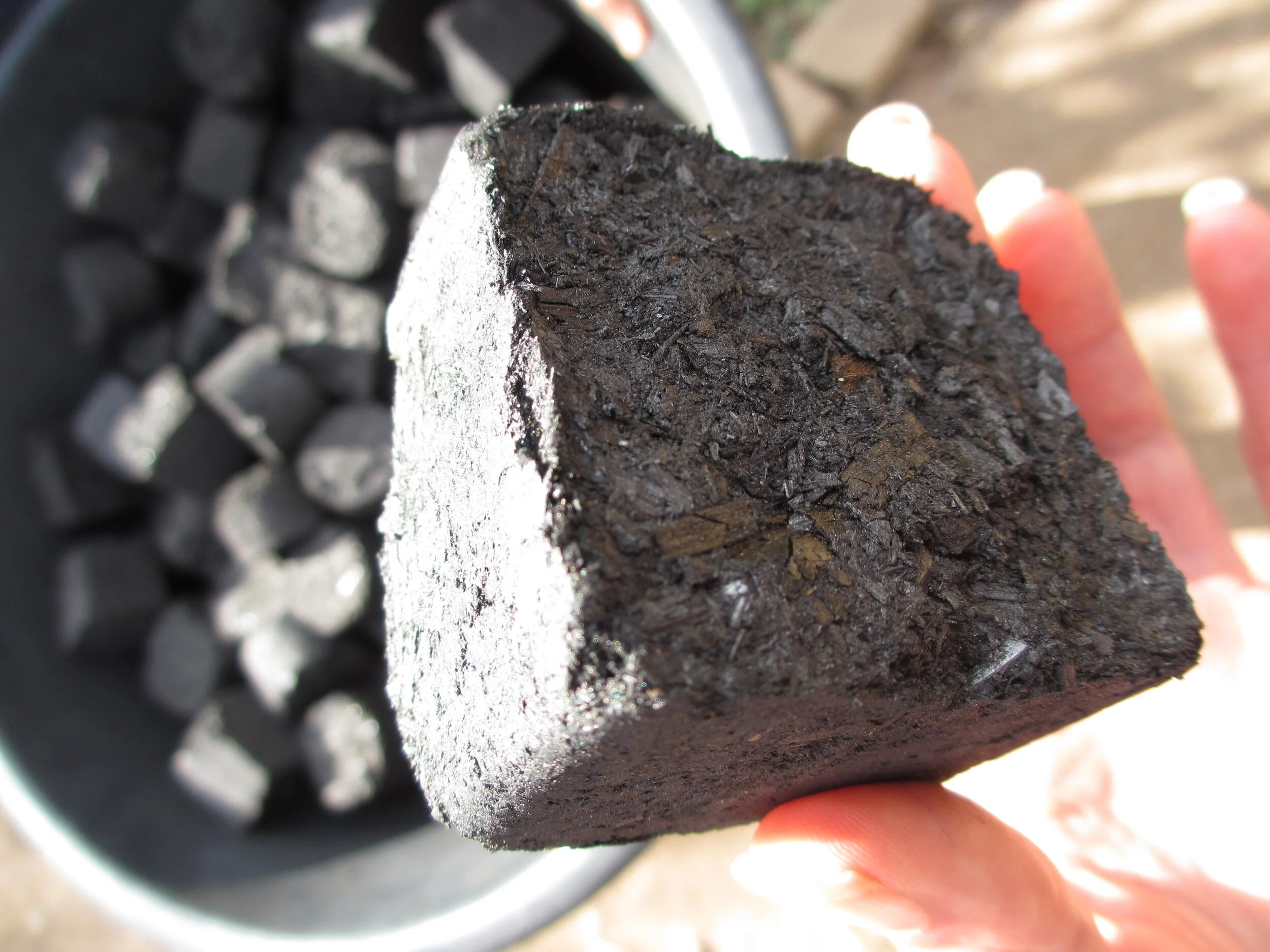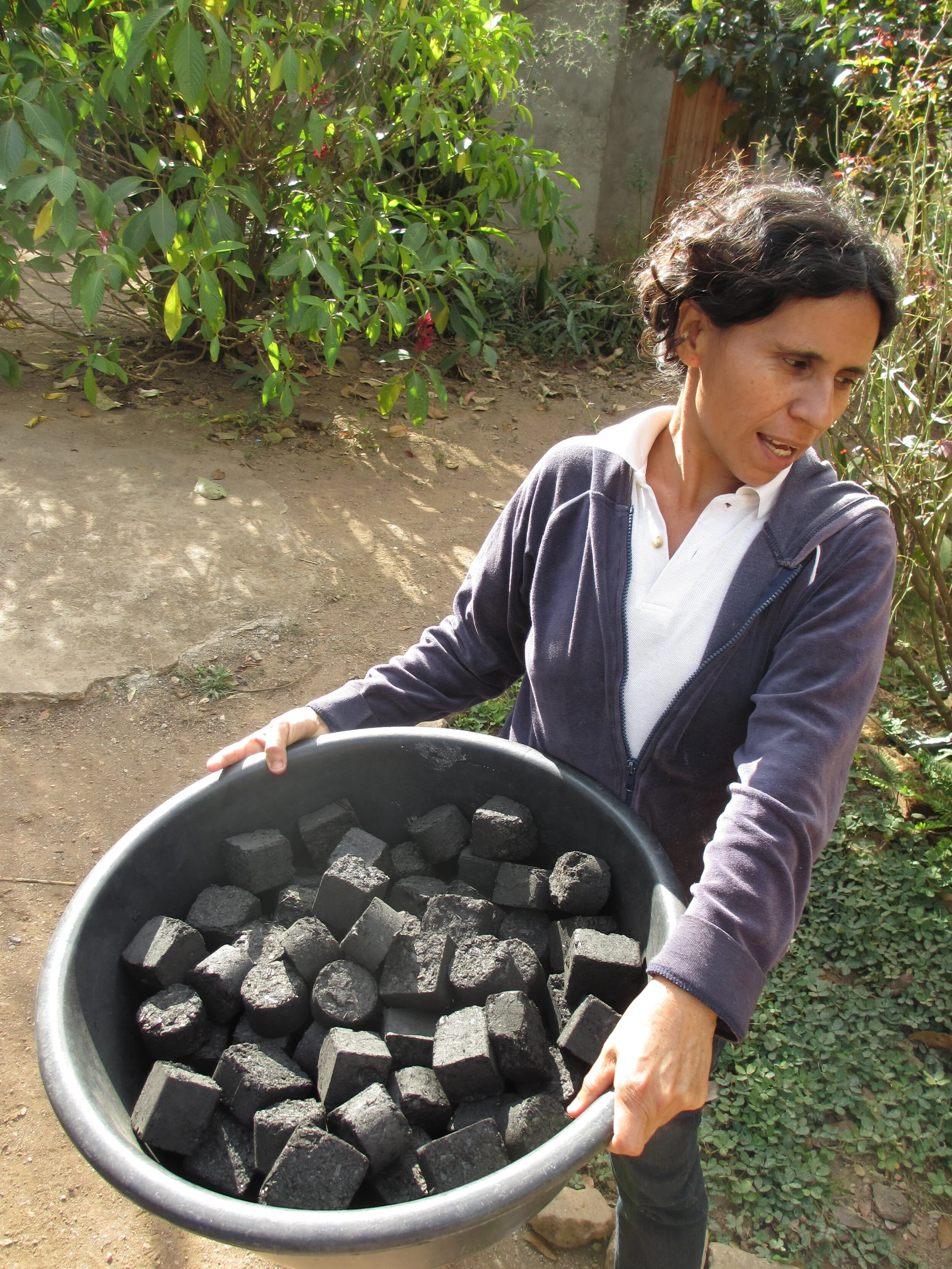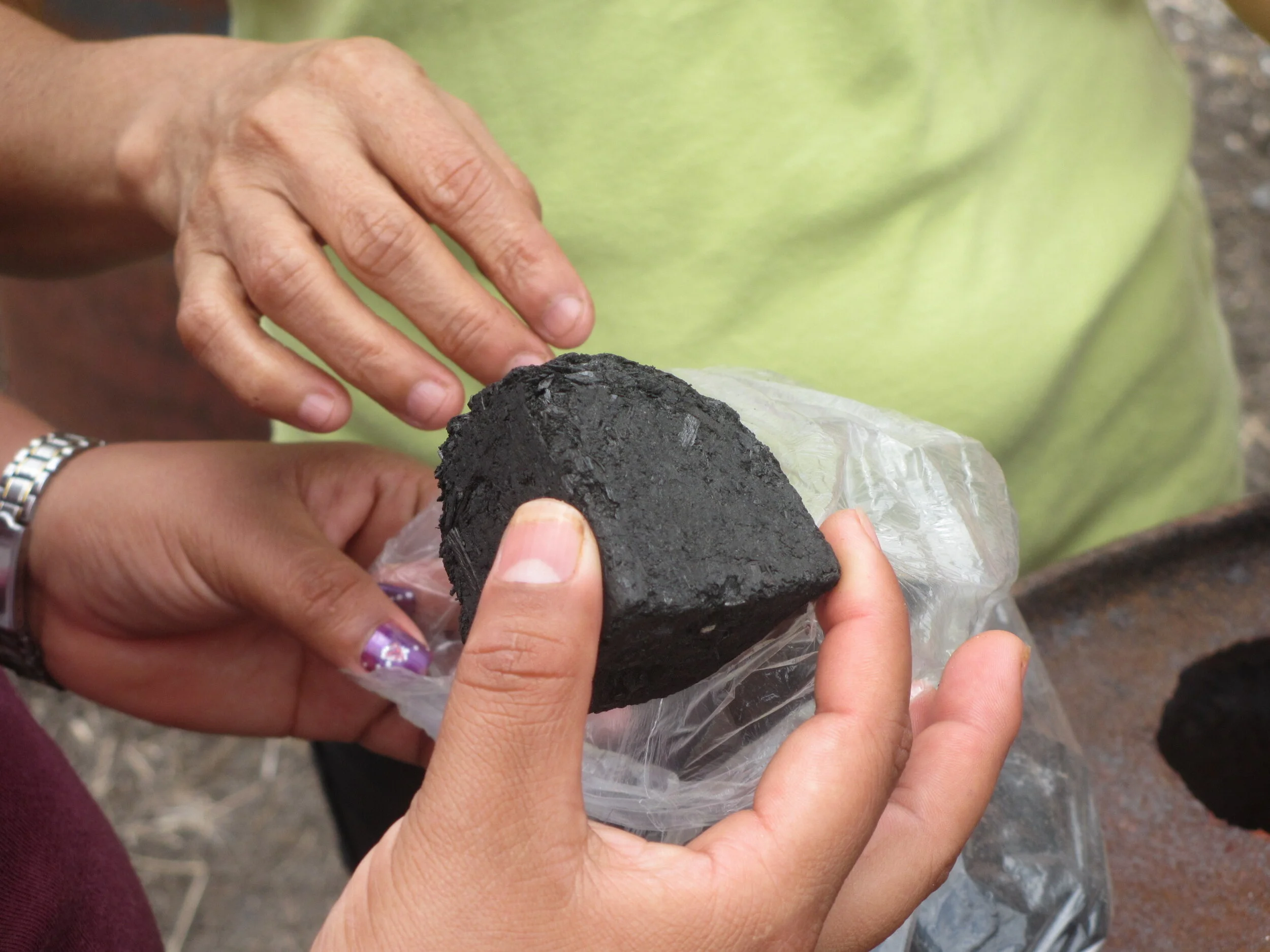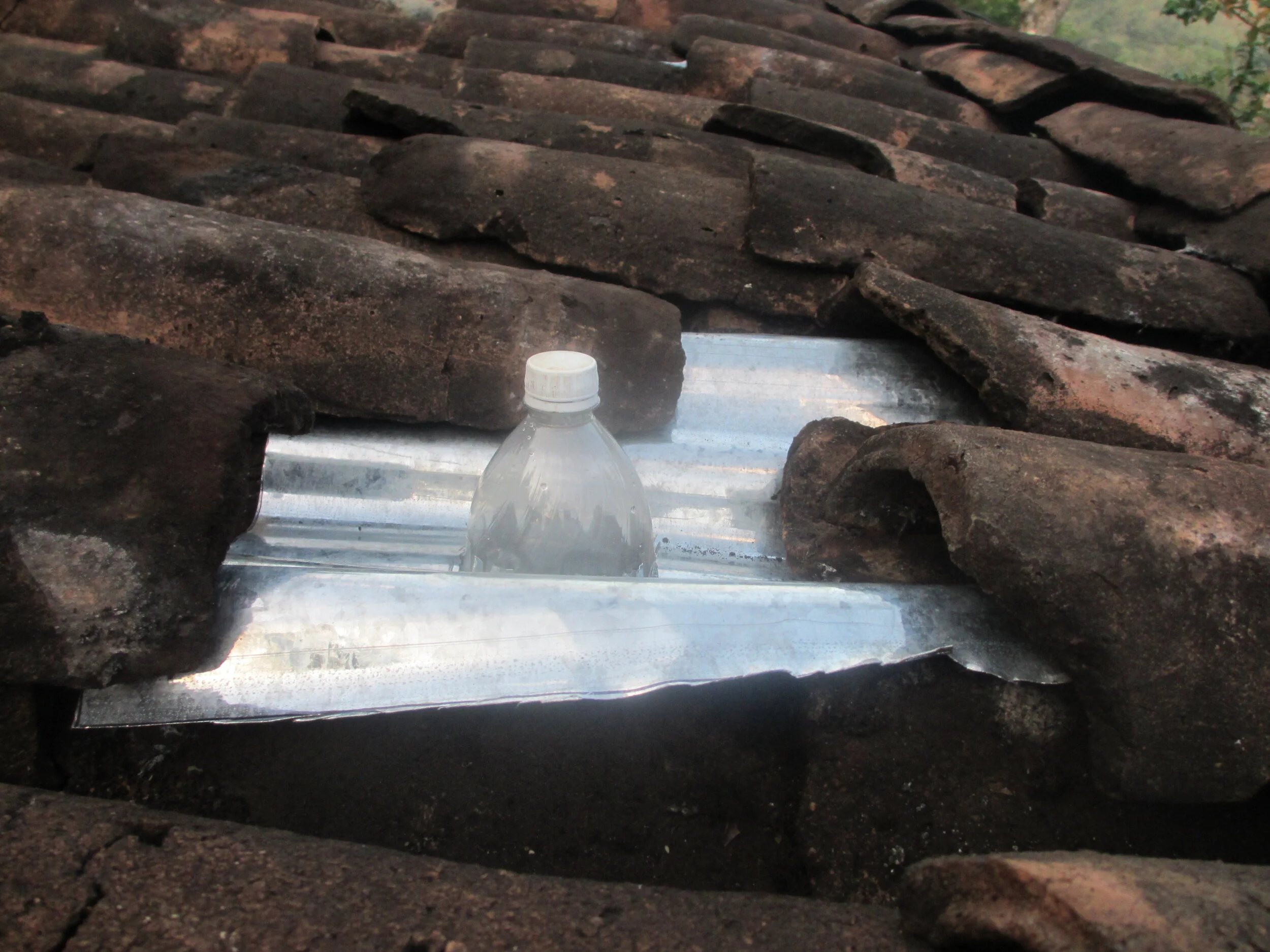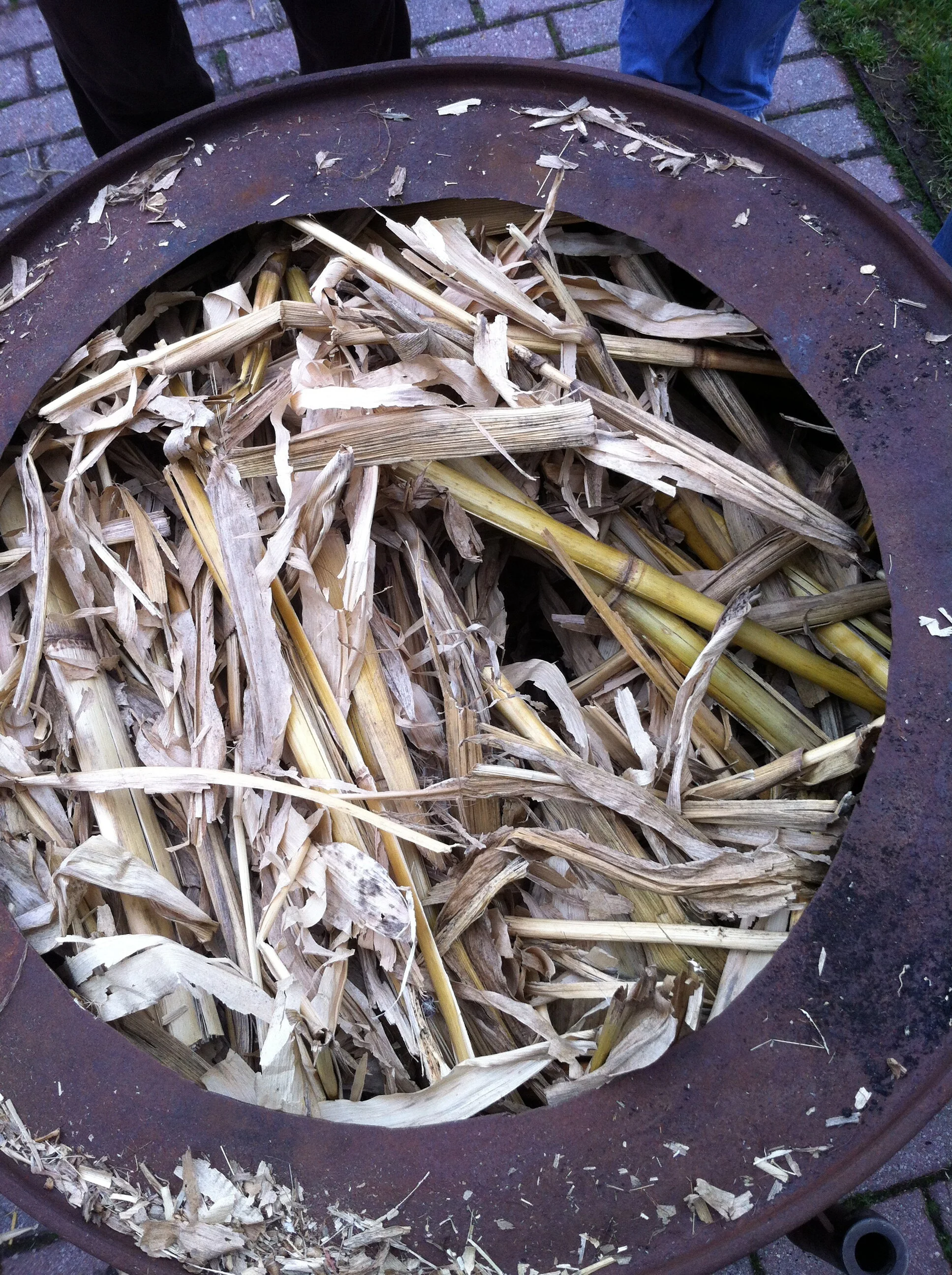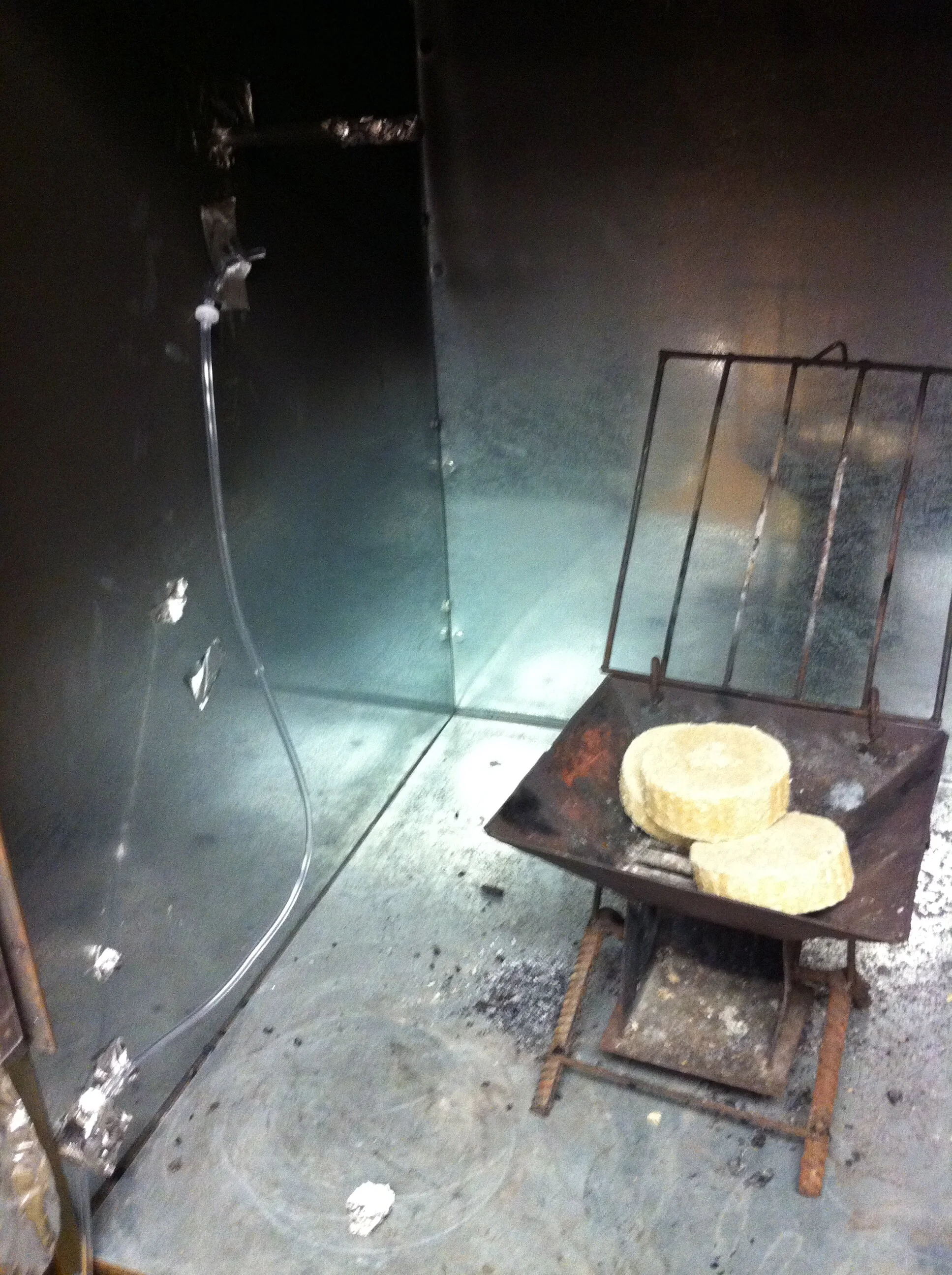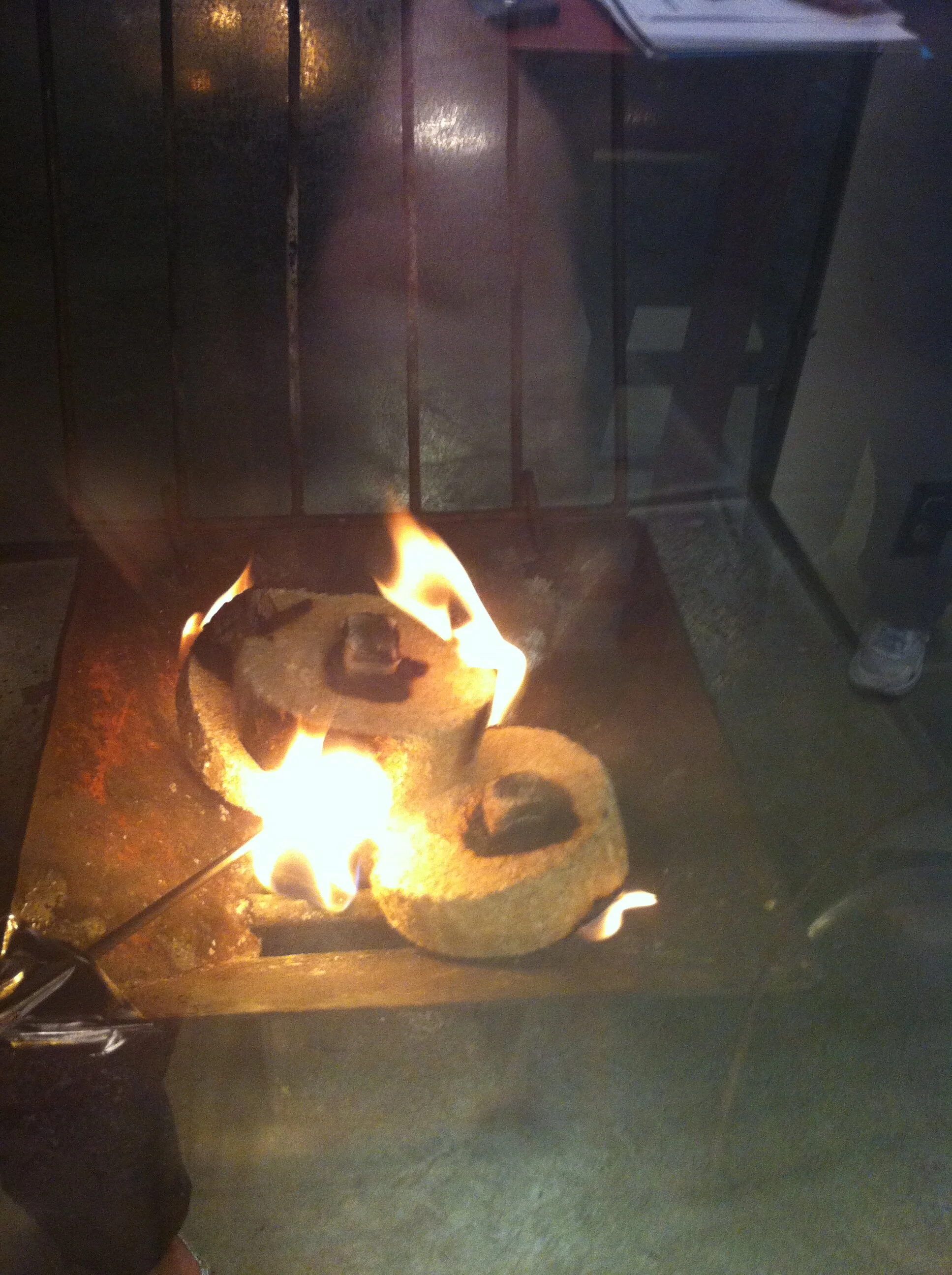West Philadelphia, Pennsylvania | 2010
| Skills • Site Analysis • Design Storm Calculations • Green Infrastructure + Jobs Implementation Plans |
The West Philadelphia neighborhood is one of the poorest in the city. Like many blighted neighborhoods, residents often lack jobs and their homes suffer from disrepair.
During our site analysis we observed a high rate of home ownership coupled with a large portion of dilapidated roofs with holes and leaks. We saw this as an opportunity to connect Philadelphia’s forthcoming Green City, Clean Waters Plan with a green jobs initiative that could help the residents of West Philadelphia. We proposed providing local residents with jobs and a job training program to install green infrastructure in the neighborhood while also repairing their homes. The plan used energy retrofit funding and coupled a roof improvement program with stormwater capture interventions to reduce runoff.
This project emerged from the Water Landscape and Urban Design Practicum taught by Professors James Wescoat and Anne Spirn at MIT for the client organization, The City of Philadelphia Water Department. As a team of two, I wrote the executive summary and was responsible for a large portion of the site analysis, strategic plan, and assessing improvement in the volume of stormwater runoff. My partner was responsible for a large portion of the graphics.
Team: Elisha Goodman, Wataru Nomura
EXECUTIVE SUMMARY:
While walking through the streets of the Brown Street Transect in West Philadelphia, we met with local residents and asked for their impressions of the neighborhood. One of them expressed his concern at the high rate of unemployment in the neighborhood and in West Philadelphia. He said that without jobs, "You can't see no hope." He thought it would be helpful if government projects conducted in the neighborhood employed local residents. However, he said this was not often the case and shared a story illuminating that when the L-Train was being constructed in the neighborhood, almost no people from the neighborhood were hired to do any of the work. He suggested that the way to improve the condition of the neighborhood and to secure resident buy-in and adoption of green infrastructure was to link people in the neighborhood to the jobs created by the green infrastructure implementation in their neighborhood. Unfortunately, Philadelphia's "Green City-Clean Water" plan currently lacks a strategy for connecting the low income communities to the green collar jobs created in their neighborhoods through the implementation of green infrastructure measures. This proposal for the Brown Street Transect suggests a way.
Much of the urban fabric in the Brown Street Transect consists of old row houses and duplexes in disrepair. These homes often have failing roofs and subsiding foundations caused by water damage. Water damage occurs when a building’s features fail to properly capture rainwater from the roof and move it away from the building in a non-damaging fashion. For example, many of the downspouts on these homes are detached allowing the water to pool around the base of the buildings undermining foundations and causing basement flooding.
Old buildings with unstable roofs and subsiding foundations are poor candidates for holding the weight of green roofs, which are typically considered a good on-site source point control strategy. However, these buildings with water damage open the door to a unique opportunity to provide homeowners with on-site source point control measures that directly benefit them, increasing the likelihood of adoption. Storm water damage to homes could be repaired through a dry roof/dry building program that would be coupled with green infrastructure implementation measures.
Both the dry roof/dry building program and the green infrastructure implementation program would serve as the basis for a new jobs training program. With a dry roofs/dry buildings program, job trainees could inspect homes for water damage, reattach downspouts, patch roofs, install flashing, and add catchment elements such as rain barrels and cisterns to store the water until residents needed it to water yards and plants.
We suggest a multi-stage implementation strategy involving a job training program and a community school that funnels local residents into the jobs created in their neighborhood and positions the Brown Street Transect as the hub for green jobs training in West Philadelphia. The community school both administers various elements of the job training program and also conducts community outreach functions such as educating the neighborhood about stormwater management, encouraging participation.
The implementation strategy begins with the creation of the community school. We suggest the community school first conduct community outreach for its dry buildings + green infrastructure program by conducting a block-by-block participatory design contest, assisted by professionals and university students and involving local residents in the design process. The contest educates residents about green infrastructure and increases community buy in for design features imagined. The winning block gets to realize the design they created and becomes West Philadelphia's pilot project for the dry buildings + green infrastructure jobs training program. From there, other blocks is the Brown Street Transect and then in all of West Philadelphia are converted. Eventually, the Brown Street Transect becomes the hub for green collar jobs training in West Philadelphia.
One of the exciting things about the dry roof/dry buildings program is the ability for it to make a large impact on the impervious surface in the Brown Street Transect. A majority (39.4%) of the impervious surface area in the Brown Street transect consists of the rooftops of buildings. Consequently, our analysis shows that for the Brown Street transect, converting buildings to catchment achieves the biggest reduction in storm water going into the sewers of any BMP analyzed. Converting just 38.1% of buildings to catchment on the Brown Street transect converts 14.9% of the impervious surface in the transect to a feature designed to keep stormwater out of the sewers. In comparison, Philadelphia would have to convert 70% of all sidewalks in the transect to permeable pavement to achieve a comparable 14.8% conversion of all impervious surface in the transect. Similarly, the PWD would have to convert 70% of all impervious paving in parking lots and residential parcels to porous paving to achieve a comparable 12.4% reduction of all impervious surface in the transect.
In summary, by bundling green infrastructure implementation with a dry roof/dry buildings program and by creating community schools as job training centers, the PWD can connect low income communities to green collar jobs while at the same time gaining the buy in of local communities and improving the neighborhoods of Philadelphia.
Full project available in higher resolution at: https://drive.google.com/open?id=1MVBqyAX_NLuJcwXMt0wTN13ogF5bF_7P

